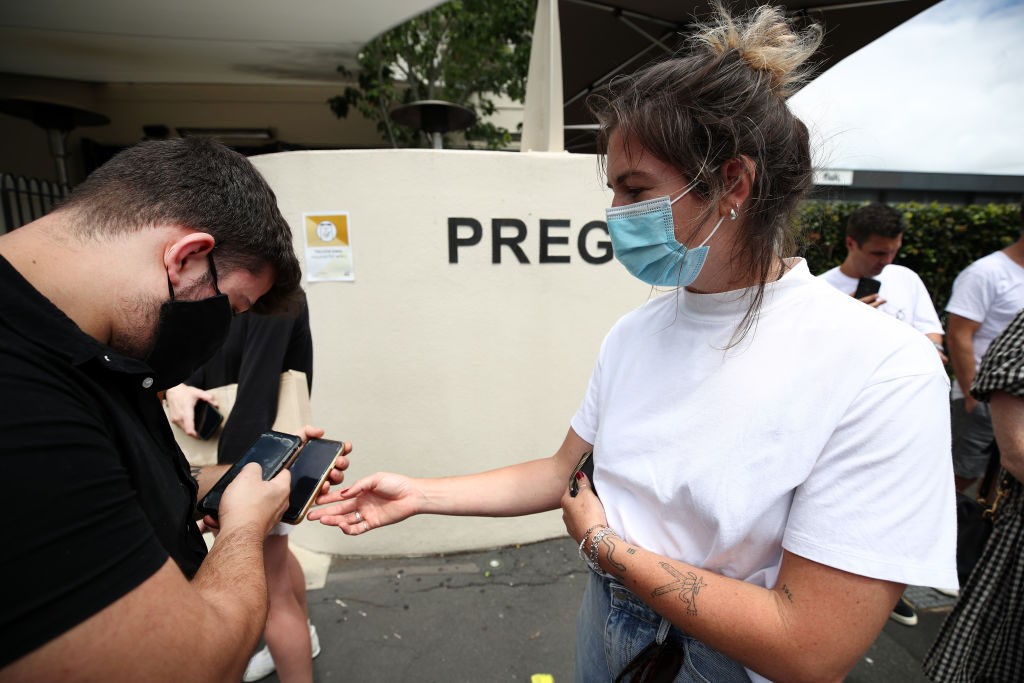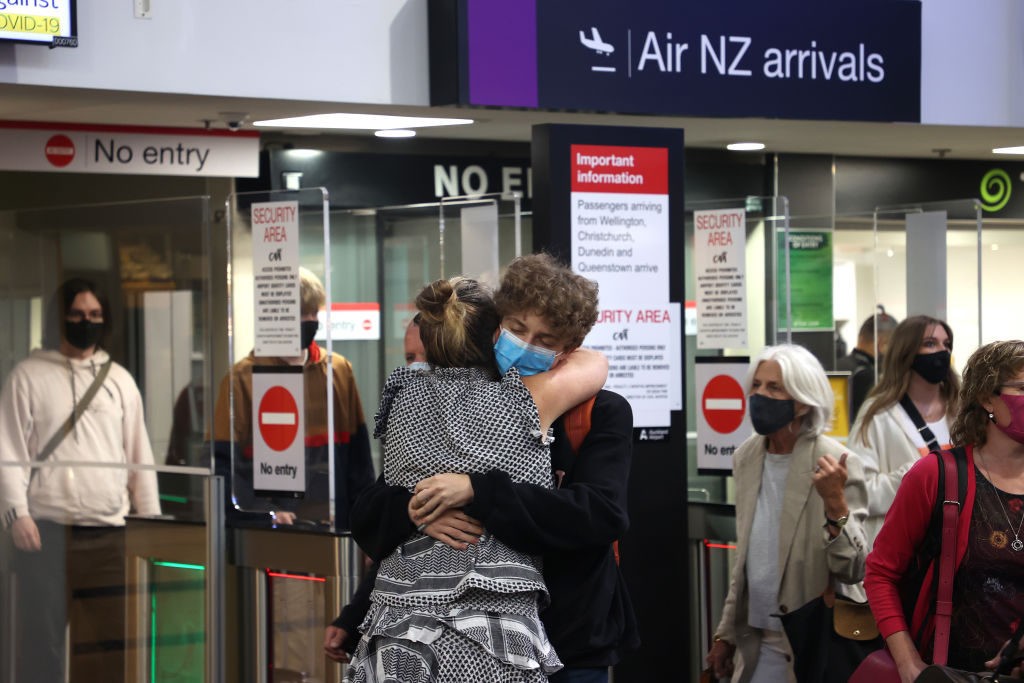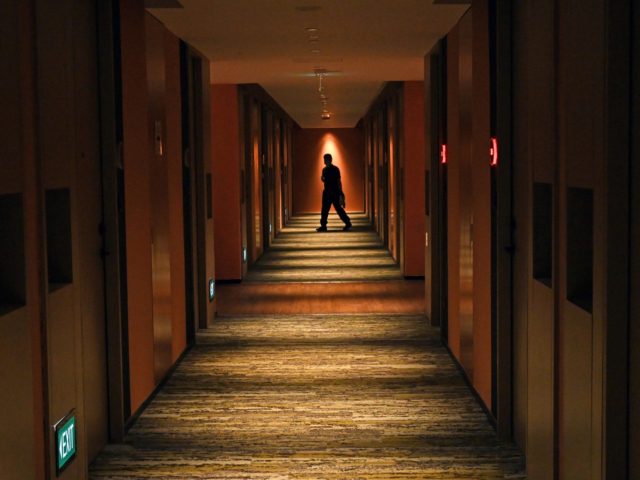A draft of a CDC Emerging Infectious Diseases research paper says “airborne transmission” is “the most plausible explanation” for a case of three people in New Zealand contracting the Delta variant of the Wuhan coronavirus — pinpointing a quarantined traveler across the hall, who had no contact with them, as the likely source of their infections.
Researchers determined the infection likely occurred from air that leaked out when all doors were briefly opened.
“Closed-circuit camera footage, genetic testing and careful contact tracing show that the only conceivable way the virus could have passed from one room to another was in air that leaked out when both doors were briefly opened,” noted CNN.
In mid-July, the two sets of travelers were reportedly quarantined upon their arrival in New Zealand – one from the Philippines and the other five from the United Arab Emirates (UAE). The single traveler from the Philippines tested positive and was placed in a managed isolation facility while the five from the UAE were placed in the same facility across the corridor after one in their group tested positive.
“No one was allowed to leave either room, and the doors were opened only for nurse checks and food deliveries — but the doors were not supposed to be opened at the same time,” noted CNN.

Guests sign in with their vaccine passports at Prego in Ponsonby on December 17, 2021 in Auckland, New Zealand. (Fiona Goodall/Getty Images)
“Nonetheless, it did happen, according to Andrew Fox-Lewis of the Counties Manukau District Health Board in Auckland, New Zealand, and colleagues.”
Security camera footage reportedly showed both doors were opened for just a few seconds.
Three people from the UAE group became infected with the coronavirus, which genetic testing confirmed did not come from a member of their own party and came from the traveler from the Philippines. The one fully-vaccinated person in the group did not catch the coronavirus and never tested positive.
“Person A was found to have not left the room at any point during their infectious period … and only left the room for exercise after the infectious period, from July 28 onward (after persons B and C had already tested positive),” researchers said.

Families are reunited at Auckland Domestic Airport on December 15, 2021 in Auckland, New Zealand. ( Phil Walter/Getty Images)
“No ventilation systems connected separate rooms. Rooms had external windows that could be freely opened by occupants,” they added. “Our findings support the hypothesis that during episodes of simultaneous door-opening, airborne particles in the room of person A rapidly diffused down a concentration gradient, across the corridor, and into the rooms of group BCDEF.”
A similar incident of infection reportedly occurred in Hong Kong where one fully vaccinated traveler infected another traveler with the omicron variant from across the hall at the quarantine hotel.
“No items were shared between rooms, and other persons did not enter either room,” researchers also noted.

COMMENTS
Please let us know if you're having issues with commenting.